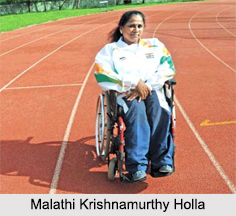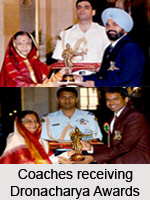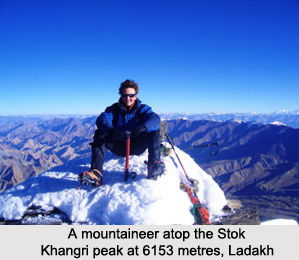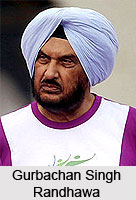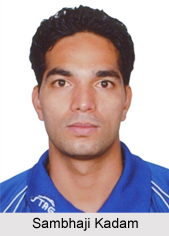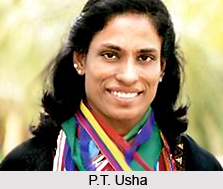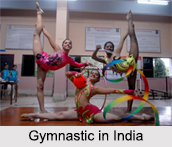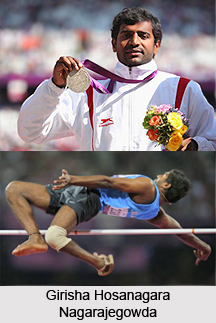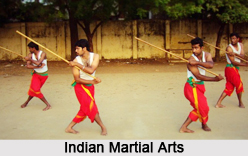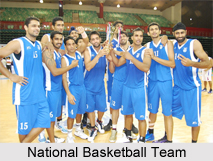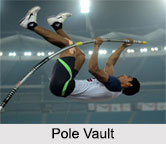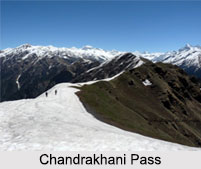 The Chandrakhani Pass is a beautiful scenic pass located at an altitude of around 3,660 metres in the Kullu valley. It makes an amazing place for people looking for some adventure amidst lofty hills and beautiful surroundings. The Chandrakhani Pass has become a popular tourist destination among trekkers
The Chandrakhani Pass is a beautiful scenic pass located at an altitude of around 3,660 metres in the Kullu valley. It makes an amazing place for people looking for some adventure amidst lofty hills and beautiful surroundings. The Chandrakhani Pass has become a popular tourist destination among trekkers
Trail of Chandrakhani Trek
The Chandrakhani Trek commences from Naggar, the once capital of the Kullu kingdom, which has now become an ancient town in the Kullu district. The town of Naggar is at a distance of 21 km from Manali. From Naggar, the trail heads up to an altitude of 2,700 metres at Ganachalani en route to the village of Rumsu. The Ganachalani trail ascends through the alpine meadows of Celanti and one can view the Deo Tibba Peak, which is the second highest peak of Himachal Pradesh, the Pir Panjal and the Bara Bhangal Range. Henceforth, the journey offers the impressive views of the Ghalpo Peaks of Lahaul-Dharamsura and Papsura and the other high peaks in the upper Tosh valley, while the snow capped ranges of the Himalayas extend to the head of the Parvati Valley.
From the pass, the trail to Dadru remains about 100 metres below the ridgeline and further descends to the meadow at Nagarvani, which is at an elevation of 3,350 metres. From Dadru, the trek moves down to Malana, an autonomous self-sufficient unit whose inhabitants claim Greek ancestry. Thereafter, the trek descends to the valley floor at Jari and the Chandrakhani Pass trekking tour wheels and leads to Manali.
Legend associated with Chandrakhani Pass
The Dev Sanskriti of the valley is born out of an interesting mythological legend. It is believed that the powerful deity of Malana village, Jamlu was once crossing the Chandrakhani Pass with a basketful of Gods, which he opened on top of the pass. A strong breeze dispersed all the Kullu Gods to their present locations, leading to Kullu being known as the Valley of Gods. Hence, all the nearby mountain peaks of Indrasan, Deo Tibba, Pir Pinjal and Parvati Range are regarded as sacred and are clearly visible from the pass. The village of Malana is a strong visual of culture in itself where the old traditions are still adhered.
Flora and Fauna of Chandrakhani Pass
The Chandrakhani Pass is resplendent with the lush greenery of the dense forests and meadows. The forests boast of pine, oak, deodar, horse chestnuts and wild cherries. They also have bushes of rhododendron and alpine meadows. The forests are famous for its Himalayan birds like Monal.
Visiting Information for Chandrakhani Pass Trek
The ideal time to visit this place is from April to July and September to November. The Bhuntar Airport of Kullu is the nearest at a distance of 50 km. By roadways, buses from Himachal Pradesh Tourism Development Corporation are frequently available on the Delhi-Manali route which is approximately 550 km long.





